The Conservation Genetics Lab works across ecology, evolution, biogeography and conservation. The research spans several fields, including systematic biology, biogeography, population genetics, landscape genetics, species distribution modelling and genomics, to understand evolutionary and ecological dynamics of species. This helps address issues related to the conservation status of organisms, reconstruct phylogenies, elucidate patterns and levels of differentiation between geographically isolated populations and levels of gene flow, assess impacts of fragmentation and harvesting, and investigate demographic parameters of populations. The lab develops DNA barcodes for economically important species and undertakes efforts of species recovery of near-extinct species. Its projects feature a wide taxonomic range, including amphibians, mammals, molluscs and plants of conservation concern, to aid in restoration efforts. The projects are geared towards addressing issues of immediate local, regional and global concerns.
Lab Infrastructure
The Conservation Genetics Lab is well-equipped with PCR machines, Gel documentation systems, Bead beater, DNA quanta, centrifuges, deep freezers (-700C, -200C), refrigerators, ice flaker, autoclaves, hot air ovens, BOD incubator, Laminar Air Flow unit, powerpacks, gel-tanks and trays, pipettes, balances, vortex shaker, microscopes, microwave oven, water baths, pH meter, liquid nitrogen cylinders, magnetic stirrer, dry bath etc.
What we do
Maintaining a species’ ability to persist in the ever-changing environment ultimately means preserving genetic variation. The major focus of the Conservation Genetics lab at ATREE has been on applying molecular tools and analytical methods of population genetics for a variety of species of conservation concern.
A core area of research has been to ensure sustainable use, development and conservation while retaining forest genetic diversity. The lab uses tools and outputs to manage forest genetic resources for landscape restoration and livelihoods.
Several researchers have investigated how genetics can be applied to help conserve rare, endangered, threatened and economically important species.
Discovering new species, identifying adulteration in medicinal plants, understanding the biogeography of plants and animals and tracking invasive species are central to the research carried out.
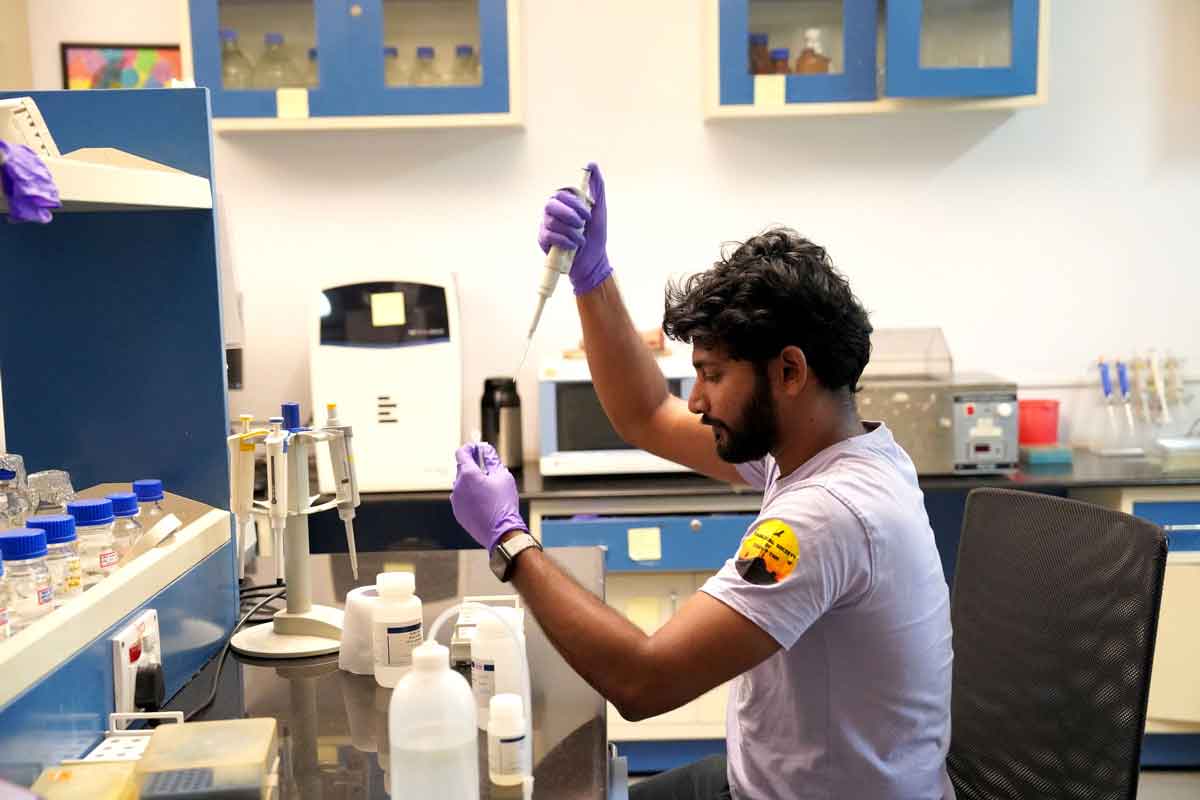
Understanding the impacts of geographic range size, fragmentation and harvesting on genetic diversity, comparing genetic diversity in rare and widespread congeners, and using eDNA to understand the interactions between plants and herbivores /pollinators and between native and invasive species
Elucidating patterns of distribution, evolutionary history and biogeography in some endemic species, studying the reproductive biology of endangered plants to aid in applied conservation and restoration efforts, sequencing DNA data to decipher taxonomically cryptic species.
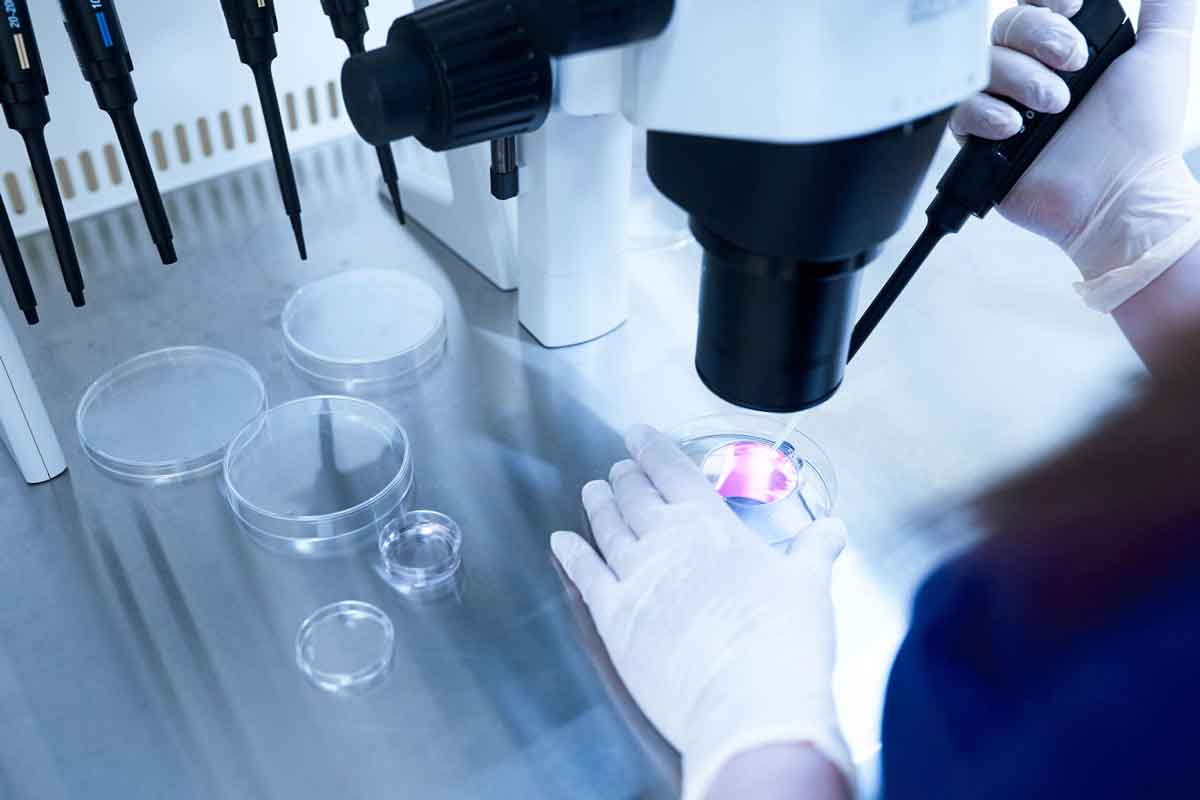
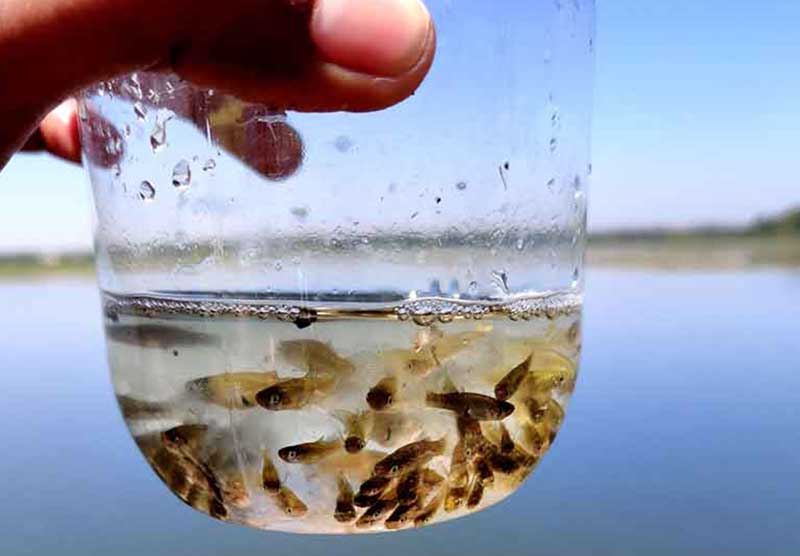
Reconstructing the invasion pathways and genetic variability in invasive species that may be aiding their spread.
Using eDNA techniques to understand the enrichment of soil microbes and other invertebrates after shifting to regenerative agriculture.
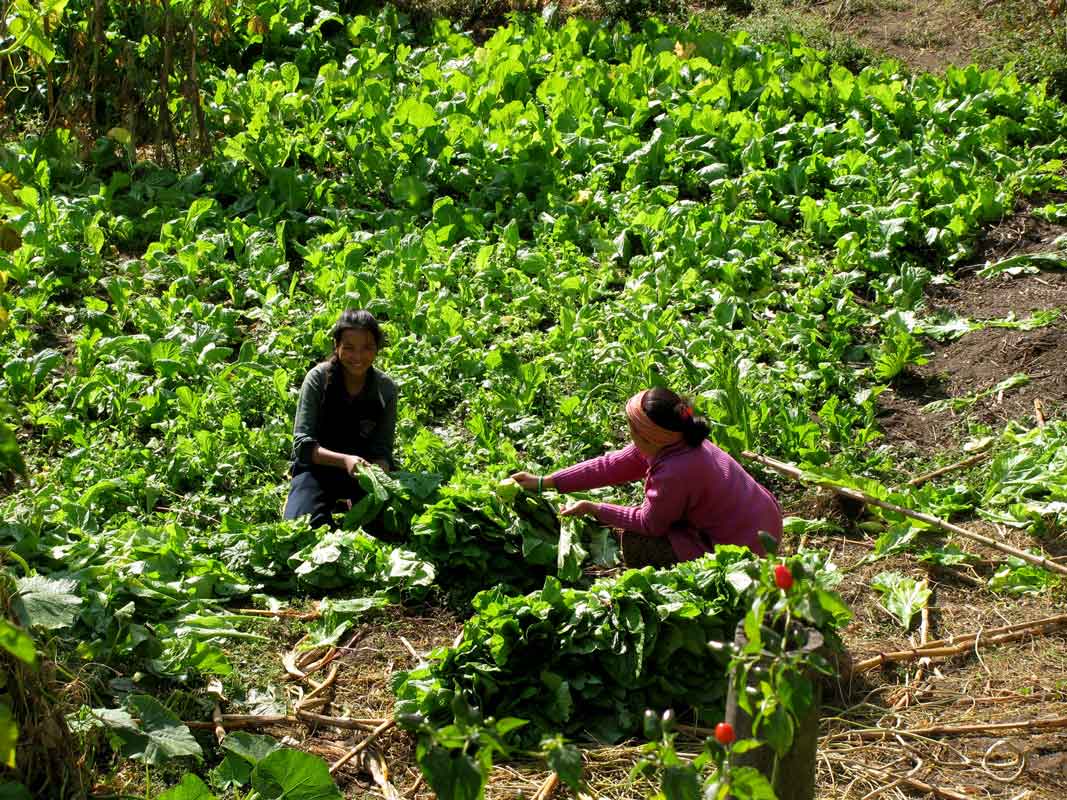
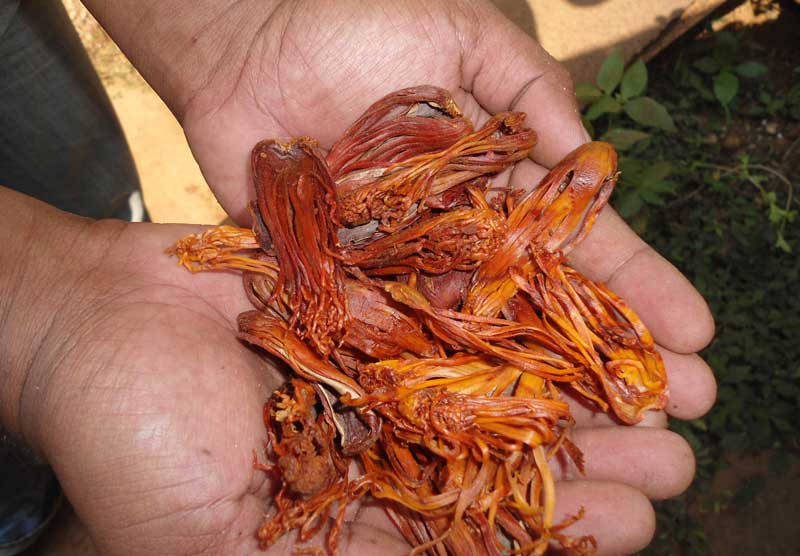
Identifying conservation hotspots and developing DNA barcodes to understand the extent of adulteration.
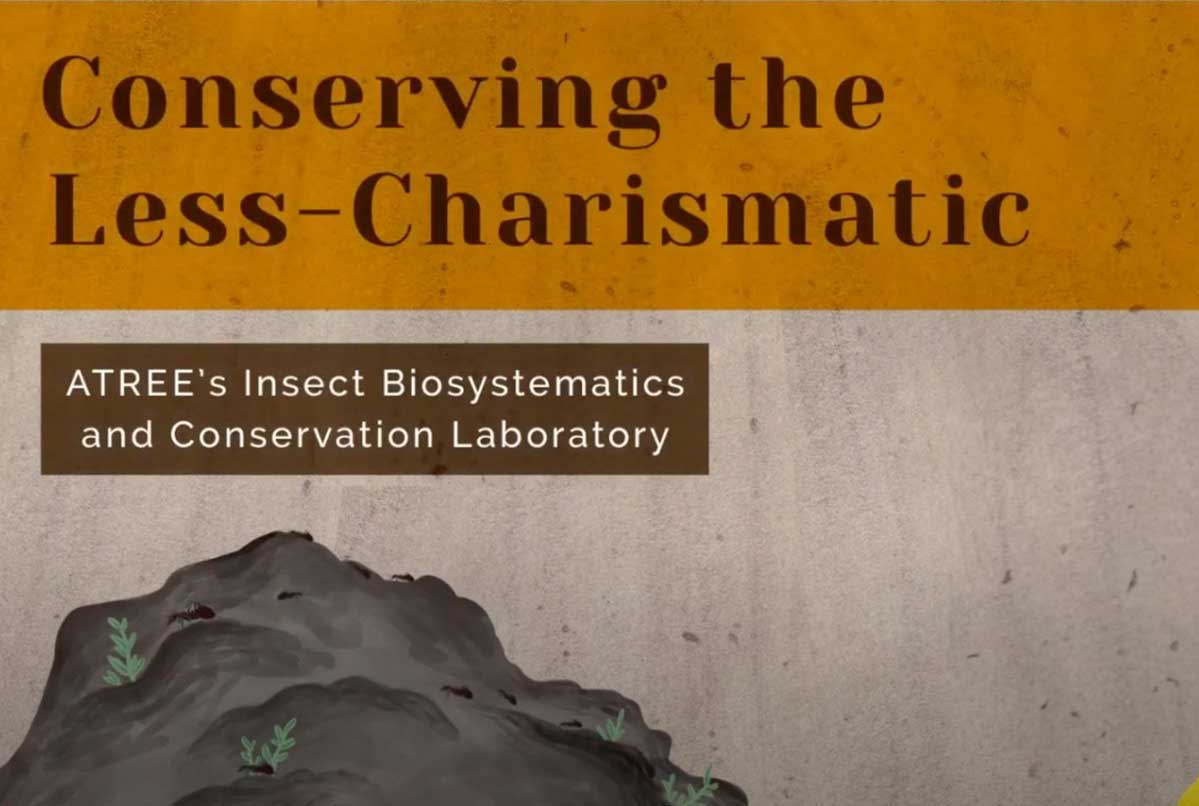
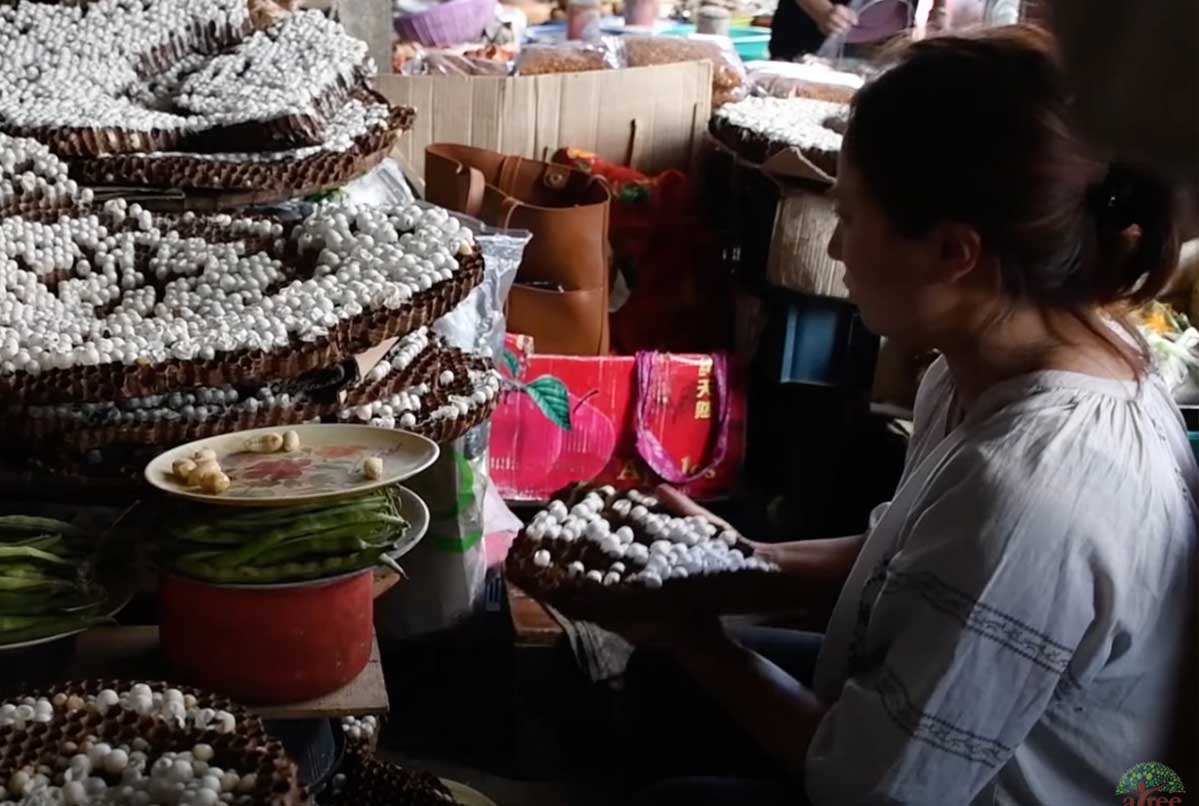
INFOGRAPHICS: Our insect experts are always happy to help regarding insect identification. We have expertise in the identification of dung beetles, parasitoids, wasps, bees and ants.

ATREE Insect Museum, Bangalore (AIMB)
ATREE’s insect Museum (AIMB) houses more than 10,000 pinned and mounted specimens belonging to more than 3000 species. The ant, dung beetle, bees, grasshoppers and parasitic Hymenoptera collections of AIMB is one of the best in the country. Apart from the mounted specimen it has another 500,000 curated specimens in paper covers and another 1,000,000 specimens belonging to >1000 families collected from the Western Ghats and Eastern Himalayas preserved in Alcohol.
WE invite taxonomists across globe to visit the lab or borrow specimens for taxonomic studies. (Specimen sharing policy)
The lab & museum are open Monday to Friday 9.30- 5.30 pm.
Visit Hours: General Public 2-3pm (Mon-Fri) (On prior appointment Contact)
For academic visits (contact seena.narayanan@atree.org)

Designation

Designation

Designation

Designation
